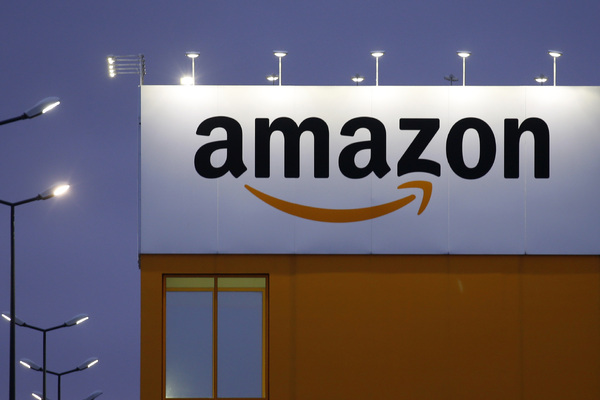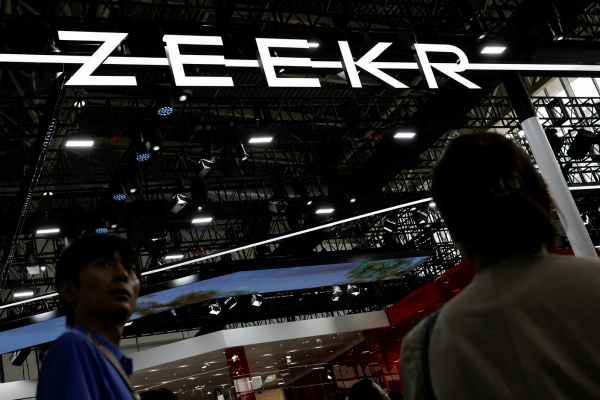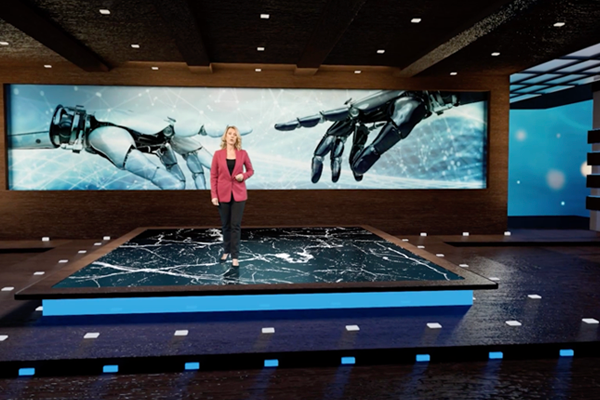The future of work lies in normalising the blended approach
Sponsored by Avaya
In the past year, millions of employees detached from the nucleus of where work happens – the traditional workspace – which dramatically changed the nature and pace of how things get done.
Millions of employees detached last year from the nucleus of where work had previously happened – the traditional workspace – dramatically changing the nature and pace of how things get done. Large staff meetings sitting around a conference table are now conducted at home with desktop PCs, cameras and microphones. Conversations now use digital technologies such as click-to-call and asynchronous messaging.
People have proved resilient and adaptable, but now, with an increasing number of people getting vaccinated in the U.S. – and other countries doing even better, we’re seeing organizations starting to consider adopting in-person work. As we do, it’s imperative that we use the digital momentum of 2020 to normalise the blended work approach of 2021 and beyond.
We all know that remote work works. Surveys continuously show that most employees across the globe are as productive in performing their individual tasks as they were before the pandemic struck. Half of employees recently surveyed in Germany, India and the US who transitioned to or remained remote during Covid say they are at least as productive on collaborative tasks that normally would be performed in a physical conference or team room.
But just as much as we know remote work works, we also know that life will likely return to some kind of “normal” in the next year – and this raises its own questions. What do we do about school or daycare, for example? Other areas of life may move at a slower or faster rate of reopening than our workplace. That means that, even when we’re back in the office, there will be things we’re going to need to take care of. Because other areas of life may move at a slower or faster reopening rate than our workplace, there are personal and professional obligations to consider as we return to the office.
We’ll need to remain detached from the working nucleus to some extent. Not only this, but employees want more control over the time, pace and place of their work. It’s what we have needed for years but are now only seriously considering the impacts of a once-in-a-century pandemic. This is what the blended work approach is all about. It calls for a mix of technology and face-to-face tasks, combining a traditional physical presence setup with online working.
How workstream collaboration enables the blended work approach
A workstream collaboration (WSC) platform provides organisations with everything they need to make the blended work approach work: ease of use and interactivity, mobile-centricity, breadth of seamless functionality, and global accessibility. Users can:
- Ensure meaningful interactions with a wide range of integrated communication capabilities including calling, meeting, messaging and audio and video conferencing.
- Centralise communications with capabilities such as persistent chat and task management (a WSC platform saves everything so you don’t have to remember it all).
- Enjoy a digital work hub where they can manage all tasks, communications and files – virtually everything they need – in one single space to simplify work.
- Go beyond just voice and messaging, enabling organisations to shift toward contextualised team collaboration with a range of functions and capabilities.
- Easily access the WSC platform anywhere across the globe using any internet-connected device (laptop, cellphone, tablet), eliminating the need for a desktop phone.
Workstream collaboration enables employees to work more productively and with greater satisfaction, whether that’s in-office, remote or a blend of both.
Here’s why a WSC platform is vital for the future of work:
The power of mobile
Mobility for work has been undervalued during Covid with millions of employees self-isolating at home. Everything we can do on our mobile device can be done on a desktop with the same level of interactivity, connectedness and functionality. Yet as the world reopens, we will see the power of mobility reappear. Even if people go back to the office, they may not necessarily be attached to the office. The convenience of mobility in our world is unparalleled. A WSC platform can be used just as freely as a mobile app as it can be in a traditional office setup.
The power of creative disruption
Successful organisations can navigate high-speed, high-agility environments to surface ideas and creatively fill gaps, powered by adaptable, contextual, digital communications. They understand the importance of a flexible, digital communications platform to learn, adapt, and move faster than their competitors – even if they have a full workforce in-office physically present. WSC unlocks this business value at a global distributed scale to enable long-term disruption.
Eliminating traditional hierarchies and team structures
Most people – whether they work from home or in-office – don’t engage in workstream collaboration. They’re still working in their own functions with their own management structures. A WSC platform allows organisations to ditch traditional functions and job titles, focusing less on who owns what and more on the ecosystem employees are contributing to, and pulling knowledge from that ecosystem. Businesses that understand this are moving forward in a dynamic, creative and agile way. It’s important to note that this initiative is fuelled far more by cultural changes, from the top-down, than technology changes.
Improved mental health and physical wellbeing
As mentioned earlier, people have long wanted more control over the time, pace and place of their work – be it in-office or remote. That could mean Paul stays home on Tuesday because he has a deadline on Wednesday and he really wants to hunker down and focus at home. Or that Liz joins a team meeting happening in the conference room from her desk because she’s swamped and needs every spare minute. It’s not a revolutionary concept to give employees a work/life balance, but for many organisations the right tools didn’t exist to make this a reality until recently.
The world is not going back to work. We’ve been working. What we are doing is going forward to a new world of work. And as organisations prepare to reopen their offices for the new world of work, they’ll see that they can have the best of both worlds without affecting productivity or bottom-line results with a WSC strategy.
Click here to learn more about workstream collaboration solutions from Avaya

Business Reporter Team
Most Viewed
23-29 Hendon Lane, London, N3 1RT
23-29 Hendon Lane, London, N3 1RT
020 8349 4363
© 2024, Lyonsdown Limited. Business Reporter® is a registered trademark of Lyonsdown Ltd. VAT registration number: 830519543





